Public Complain Letter on Destruction of Wilpattu Forest Network, Sri Lanka
Posted on May 16th, 2015
Keerthi Hewagoda Environmental Activist
To:
Sri Lanka President Secretariat
Prime Minister’s Office,
Sri Lanka Forest department,
Department of Wild Life conservation.
Ministry of Environment
Sri Lanka Archaeological department
Central Environmental Authority (CEA)
United Nations Educational, Scientific and Cultural Organization (UNESCO)
CAO Compliance Advisor Ombudsman
RAMSAR , the secretariat for the Convention on Wetlands
International Union for Conservation of Nature (IUCN)
UN’s Food and Agriculture Organization (FAO)
International Foundation for Science (IFS)
CARE2 social Networking
Dear Sir/ Madam
Hereby we are writing to express our grave concern with number of issues related to protection of the Wilpattu forest network and wetland cluster.
Site location and General information
Wilpattu Ramsar Wetland Cluster (165,800 hectares, 08º32’27″N 080º10’01″E) encompasses all of Wilpattu National Park (Willu-pattu meaning ‘Land of Lakes’), declared in 1938 …. Some 205 water bodies, both natural and manmade, were identified within the boundary of the park. A unique feature is the numerous ‘villus’ which are natural, sand-rimmed water basins ranging between 10 to 160 hectares that are filled with rainwater. The varying salt content of the villus offer an ideal habitat for a wide range of resident and migrant wildlife species, including the endangered Asia Elephant (Elephas maximus), the vulnerable Lesser Adjutant (Leptoptilos javanicus) and the vulnerable freshwater crocodile (Crocodylus palustris). .. Twenty-one endemic species of vertebrates have been recorded at the site, including the endangered Sri Lankan Leopard (Panthera pardus ssp. Kotiya) and the Ceylon Swallow (Hirundo hyperythra). (Extracts from Ramsar report) .
| The deforested area in our complain letter is located inside the Marichchikattu –Kallaru jungle which is part of the Wilpattu forest network ( geo-spatial coordinates 8.607412, 79.976884 , DMS 08° 36’ 25”N 79° 58’ 36” E )stands westward of Wilpattu blocks II and IV . While the Wilpattu block 1 covers marine component with 35km of coastline | |
.This region is located in Lowland (below 200m) Arid / Dry zone …”The geology of parts of the Wilpattu National Park area and environs was first investigated by Wayland (1914,) and Coates (1935) and by Caldera (1956). The predominent rocks in this region are the so-called ‘Wanni Gneiss’ which is a banded quartzofeldspathic biotite gneiss which makes up part of the Precambrian Vijayan Series (Cooray, 1967). In this general vicinity outcrops of the ‘Tonigala Granite’ have also been noted. Overlying these Precambrian gneisses in the western portion of the Park is the Miocene limestone (Wayland and Davies, 1923) (extracts from Michael B Katz). The area is spotted by large number of abandoned reservoirs and Archaeological ruins once belonged to Ancient Sinhalese hydraulic civilization.
Complains and suggestions
The issues and our concerns are listed below. The maps and photographic evidence are attached to the letter separately; and could be interviewed in a holistic manner.
1- Deforestation and settlements
Sri Lankan government Minister of Industry and Commerce Rishad Batuideen has been involved in deforestation of Marichchikatti- Kallaru forest reserve under the pretext of resettlement of internally displaced people (IDPs). These illegal settlements were made clearing the forest along the section B403 of Puttlam- Mannar road which runs parallel to coastline between Marichchikatti and Silavaturai villages.
According to a report, a total of 1080 hectares under Forest department was released in February 2013 in Mannar district. In addition 983 ha and 325 ha have been released in Mulativu and Vavunia districts while another source cites that nearly 2500 ha of forest land has been released by the Provincial District secretary in February 2014 as request by the ministry of environment and renewable energy. (A copy of letter EMDI/04/02/08/11/2012 attached herewith) .A complete removal of natural forest occurred beyond the boundary of the reserve; the fact can be confirmed by the GIS analysis, photographic evidence and form descriptions given by the people who visited the site. There were also complains of road construction through this forest (during years 2012- 2014) but according to the basics of environmental science that the impact of permanent human settlement is relatively major than the construction of a road. So even though the road upgrading had made negative impact it could not use as an excuse to cover up a mass settlement. Author had tried to contact the Forest department number of times but could not obtain any satisfactory response about proportions of the forest lands released. As for GFW algorithm, approx. 740 ha of forest cover have been removed.
2 –Clearing and degradation of Wilpattu forest would cause the habitat loss for many biotic species. Once Sri Lanka was part of the Gondwana assembly during the late Jurassic ( 161.2 – 145.5 Mya ) and lower Cretaceous (145- 100.5 Mya) epochs but later the Deccan plate which consisted of India and Sri Lanka had broken away and shifted northward due to plate tectonics. During the late Miocene Epoch of Tertiary period the Sri Lanka was separated from India. This geographic isolation for about 20 million years has resulted in an exceptional degree of endemism in Sri Lanka biodiversity with large number of biological relicts and consequent ecological processes had shaped the habitats of many point endemics those restricted to small parts inside the forests. The Sri Lankan Chameleo ( Chameleo zelanicus) is restricted to the Wilpattu Marichchikaddu Madu forest cluster and Wilpattu provides an ideal habitats for large number of endemic reptiles like Chrysopelea taprobanica, Calotes ceylonensis, Hemidactylus depressus etc. The deforestation would menace the very existence of this fauna. Unrepairable damage has already been done to the Elephant population and some elephant corridors were partially cut off. Due to habitat loss these wild elephants could move into the native settlements located on opposite border of the forest then kick-start the Human Elephant conflict.
3 – We have learnt that these small settlements are precursor for a future urbanization process which targets the exploitation of adjunct coastal belt rich with corals and mangrove ecosystems. Further, the hydrocarbon deposits in Mannar basin and high grade sand minerals have drawn the economic attention of some foreign countries as well for region’s geopolitical value with close affinity to south India and direct accessibility to Palk Strait.
- 4. -The Archaeological importance of Wilpattu is well known. Between 5th century BC and 13th century AD the regions of Wilpattu was part of Rajarata Kingdom. The city of Mannar once called Mahatirtha one of main commercial hubs in ancient Sri Lanka. According to popular legends 543 BC a prince called Vijaya landed at shore of Kudiramalai and married a native princess Kuweni. Prince Saliya, son of King Dutugemunu, lived with Asokamala in Wilpattu. The site called Pomparippu evidences early settlements. There are reports of Archaeological vandalism occurred in this region. At the moment many historically important sites lack protection
5- The importance of Wilpattu in Paleo biological and Anthropological research
The first wave of Anatomically Modern Humans (AMH), the Homo sapiens out of Africa occurred about 130 000 BP during the late Pleistocene along the Indian Ocean coastal rim and probably they reached to south Asia about 75 000- 50 000 BP as confirmed by mtDNA analysis. And, some pockets of these populations reached Sri Lanka about 40 000 – 38 000 BP and settled permanently. However hominid specimens of archaic Homo sapiens and even of Homo erectus could have arrived on the Island before these AMHs. All these migrations had occurred through the land portion connected to the Indian main land once stood above the sea level before the late glacial period. The fact is that, all these migrations had to pass the region of south-eastern Mannar and even along the coast line directed to the south, actually the areas presently covered by the Wilpattu jungle. A proper paleoanthropological research may yield solid evidence of these early hominids
The fossils of the Miocene epoch (23.03- 5.33 Mya) were found in the sedimentary limestone in this region. Further there could be geological layers belonging to the Jurassic period (201.3- 145.4. Mya) hence the vicinity with Adigama and Thabbowa region where Jurassic deposits were found. In addition, carrying out proper investigation on sedimentary layers of the Modaragam Aru basin would reveal the fossil evidence of paleobiodiversity and geomorphological evidence of hydrogeological past of the region. Most of Paleontology research yet to be done.
.6 – The removal of forest cover may result in variation of water levels at different geological levels due to various hydrological mechanisms, the marine water could be drawn toward the inland and cause a dramatic impact on drinking water usage of residential population.
7- No Environmental impact Assessment report (EIA) has been obtained for this project. In general the forest reserves have a buffer zone of 100m. Within this area, no development work can be done without an environment impact assessment issued by CEA. Further, considerable quantities of timber have being removed after felling large trees inside the reserve. These are crimes prohibited by the forestry legislation. The illegal occupation inside the reserves and clearing of forest are direct violations of the Forest Conservation Ordinance and National Environment Act
Given these facts, we request Sri Lankan government and institutions to halt immediately the deforestation, and declare the reserve as a Wilderness and Archaeological Heritage area with special legislature and remove all the construction material, machinery and illegal settlements before further damages are done to this sensitive eco-system. Follow-up with steps to restore the original status of the forest. Further we request with humanitarian sense, to resettle the IDPs in the areas where they resided previously, in fact socio-economically suitable for their survival and well-being, without destroying our natural heritage.
Thanking you
Signed: Date: 16.05.2015
Behalf of concerned Public
Environmental Activist
Keerthi Hewagoda
0039 3808972420
The List of attached files
1 – Satellite maps showing the gradual deforestation inside southern portion of the Marichchikattu/ Kallaru forest reserve and in buffer zone of Wilpattu from year 2003 upto 2015 (courtesy of Eng. B. Waduge)
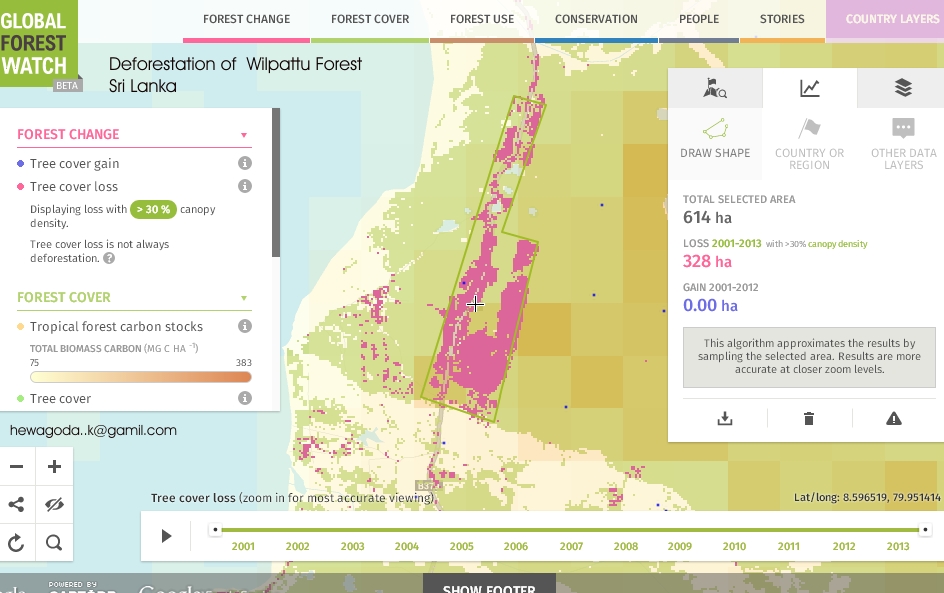
2 – Global Forest Watch GIS analysis on deforestation and forest Carbon impac
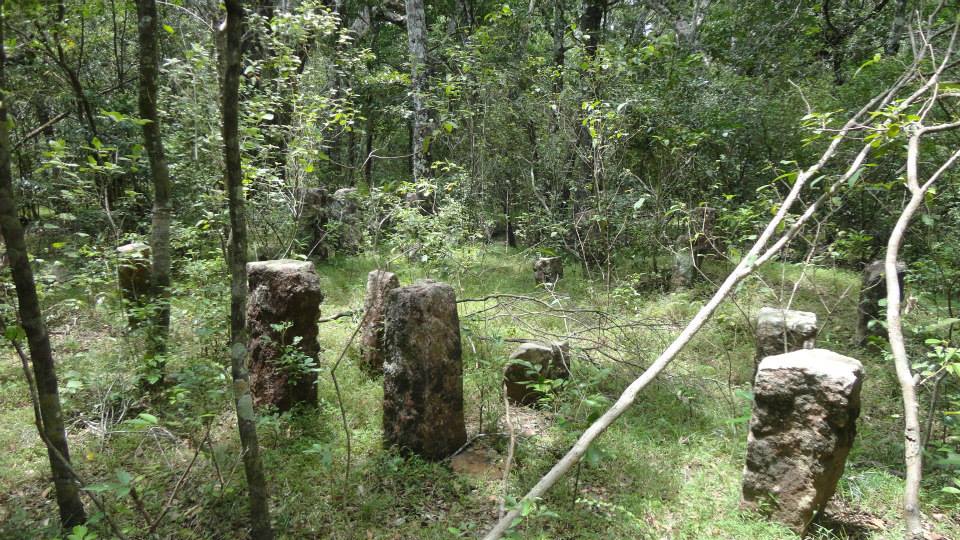
3 – Archaeological sites inside the forest (courtesy of Mr Eranda K Nawarathne)
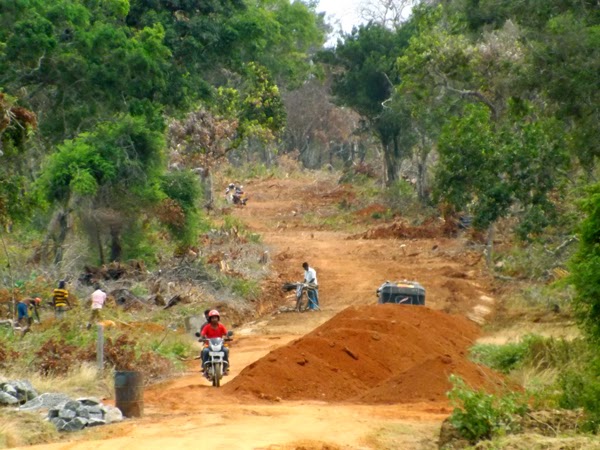
4 – Illegal construction of housing scheme and roads inside the forest reserve (courtesy of Mr Eranda K Nawarathne)
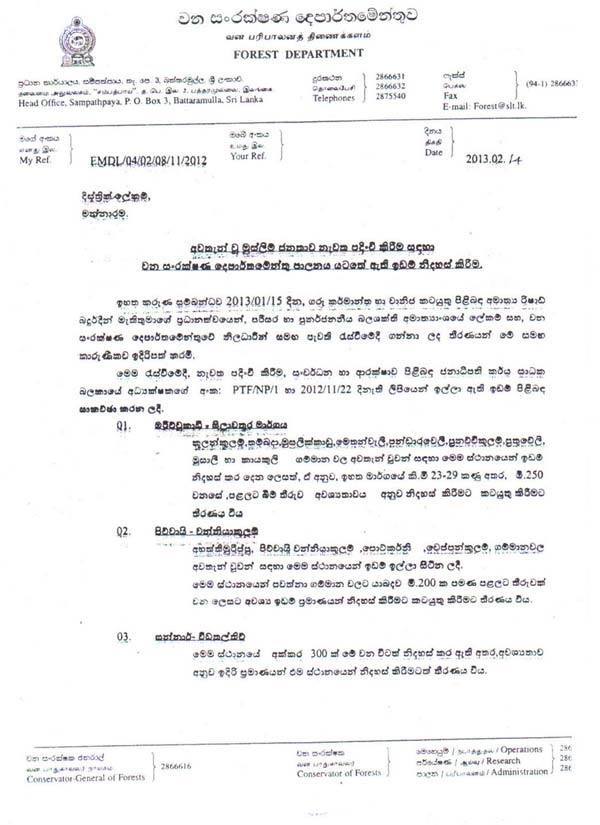
5 – Copy of the letter giving unethical permission to clearing of forest
The copies of letter are sent to the national and international mass media agencies and to academic institutes.. Disclaimer: – herewith author gives the permission for free circulation. However, the copying of some parts of the letter should be cited in due manner.
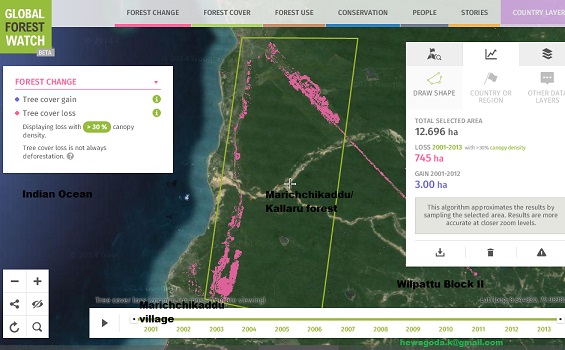
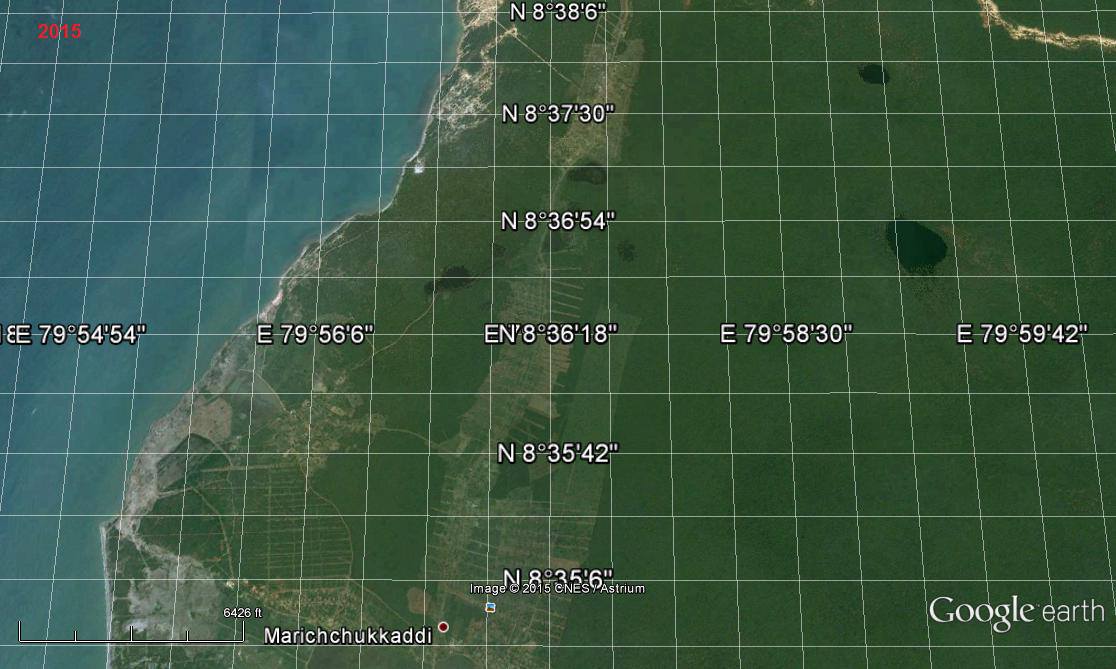
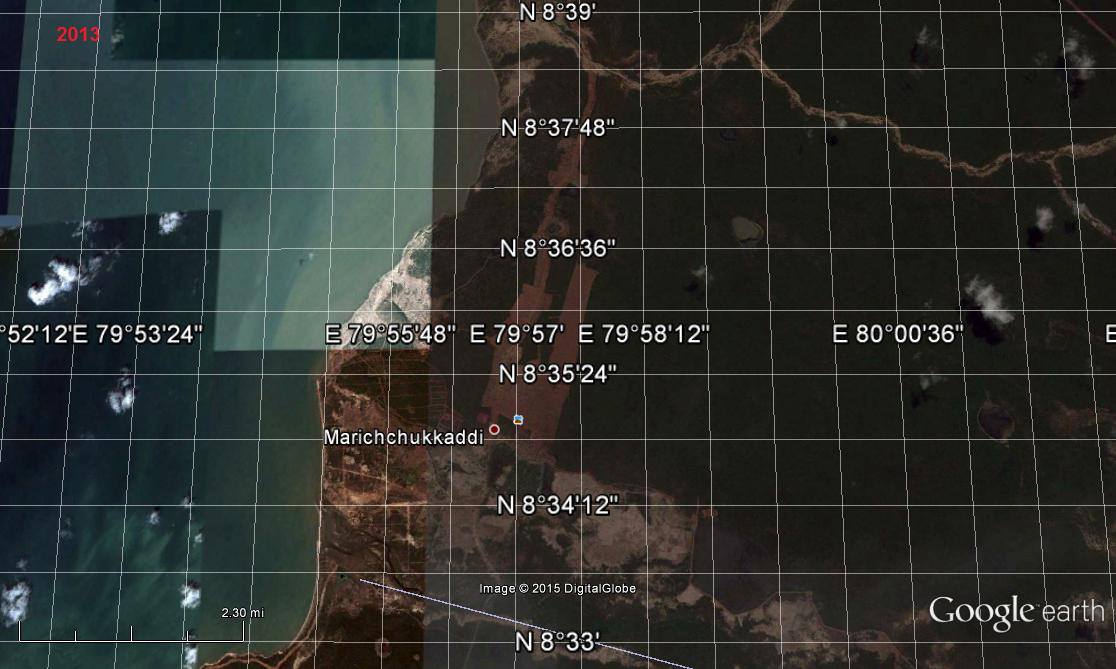
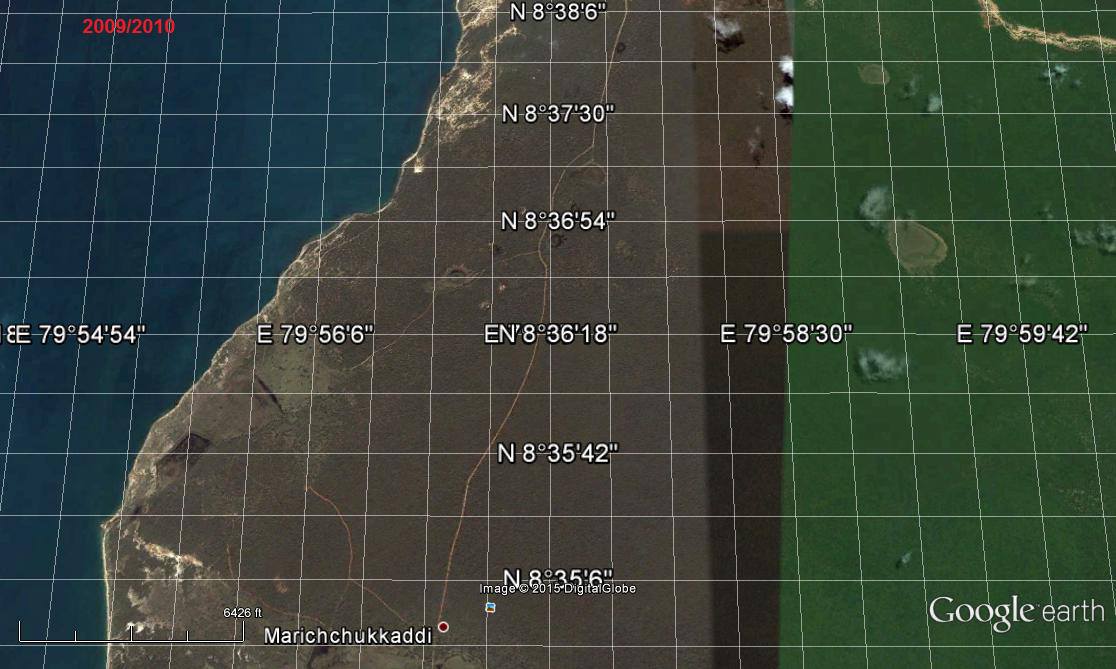
May 16th, 2015 at 10:31 pm
Arrest this Muslim fanatic Riz Baddudin at once.He is an extremist who is behind all communal incidents in the country. He should not be given any Ministerial job from any side of the political spectrum. He is dangerous to our culture and for our sacred religion Buddhism. He must be brought to justice at once and punish him like they do to other innocent,decent Government servants in this country.
Keerthi don’t stop this fight. We will rally behind you and all the parties concerned to stop these forced land grab by Muslims and Tamils to create their own homelands. Even Sinhala traitors who supports these elements should not be pardoned. They too are guilty as them. The time has come all Sinhalese to fight for their rights in their own land. Division of our community must be stopped before the Tamils & Muslims take over our land of peace. Sinhalese wake up and prepare to die for your Motherland.